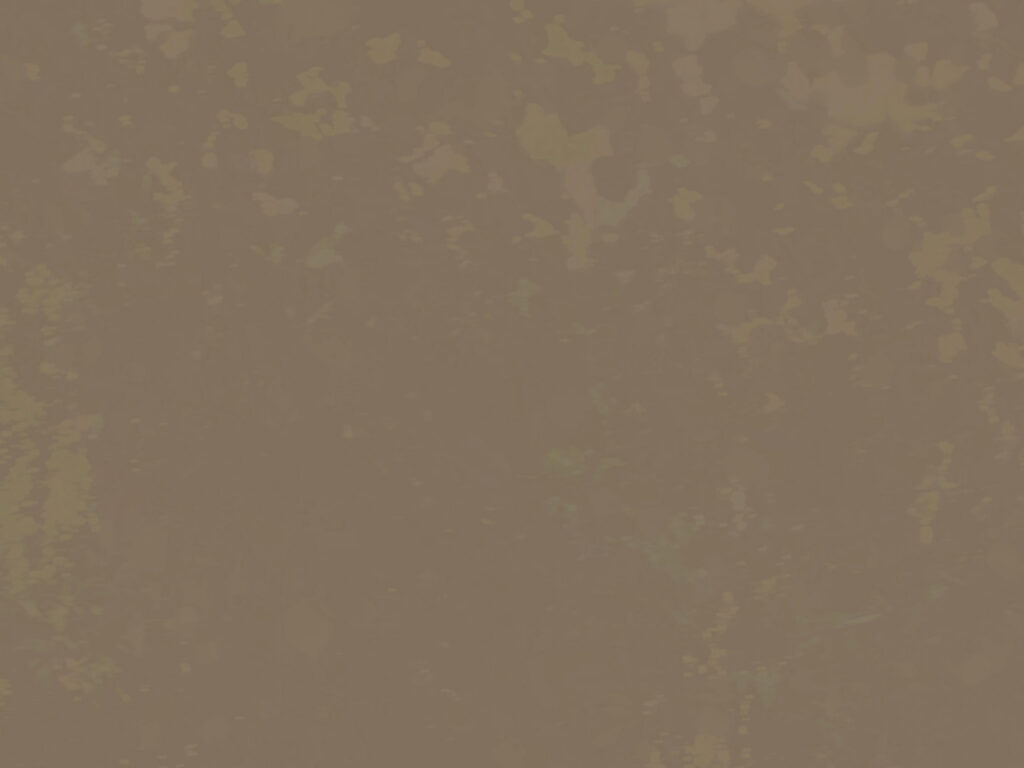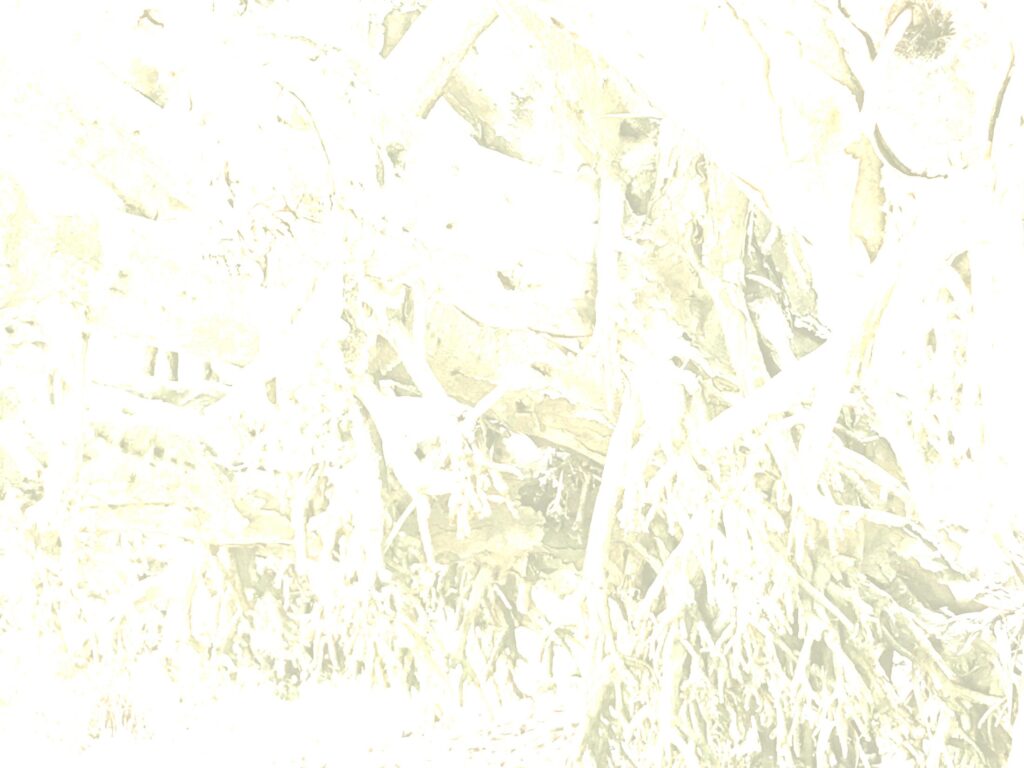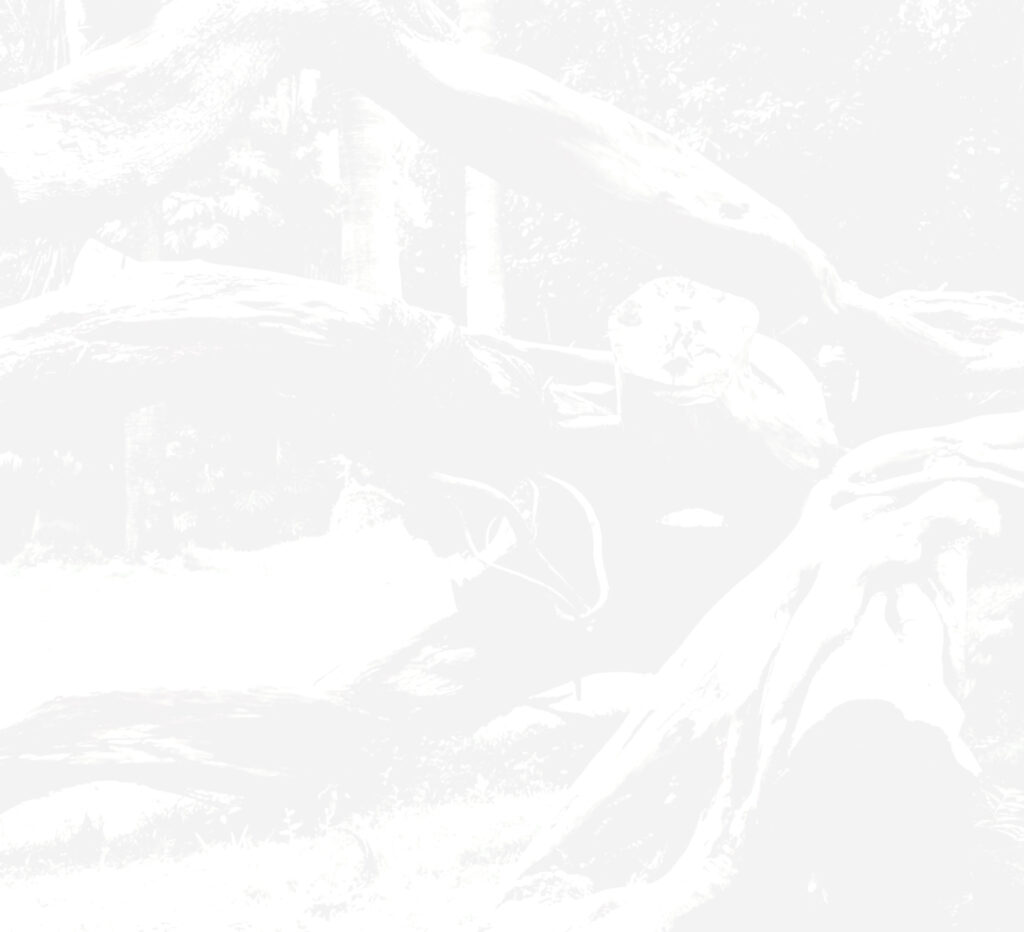When a specter haunts, who or what returns? In what way? Is it the form of a bygone existence? Its content? The mind or the body? Or does something of the relation between them survive, tense as that relation may have been?
The revenant is immaterial, but we often imagine it as having a shape, vaguely reminiscent of a silhouette, which used to belong to the deceased. Typically, this shape is human; occasionally, it is recognizable as an animal (think back to Sir Arthur Conan Doyle’s The Hound of the Baskervilles, inspired by a posthumous legend of Squire Richard Cabell, whose ghost was periodically spotted leading a phantom pack of hounds). But what about plants? Is the fact that they do not seem to merit the status of specters not a symptom of their exclusion from the realm of spirit? Can a plant haunt? Does it ever return, and, if so, from where?

Whatever the outlines of a ghostly figure, the logic driving its apparitions is rigorously animalistic. An organism perishes as a whole and, thereafter, its spiritual form, too, returns as a whole, as an ideal unity of vitality that pulled together and bestowed meaning upon the material substratum of life. Organismic life and death are consistent with animality and with the logical principle of noncontradiction, admitting no middle states. The revenant’s silhouette is a trace of mortal totality that complicates this bifurcation after the end, rather thanin the middle, of a life.A “pure” organism, separate from its tissues and organs, viscera and limbs, is thus a ghost, a shadow of its material self without anything or anyone casting this shadow. It is the metaphysical matrix of biophysical reality, gathered into a hierarchical organic unity. If this is the principle of spectral logic, then, indeed, plants do not fit the bill: they neither live as an organismic totality nor do they die all at once.
The patchy nature of plant life and death need not bar flowers, trees, shrubs, and even the grass from joining the ranks of ghosts. Quite the opposite: at its most intense, spectrality is vegetal.
The confluence of living and dying in the “same” space and time of existence supports the hypothesis regarding the vegetal nature of spectrality. The collective being that is the plant consists of living, dying, and dead members. Its kingdom is as much biological as it is thanatological. More to the point, vegetal life is haunted by vegetal death: it lives off the decaying and decayed plants turned into compost, including (in the case of a tree) its own fallen leaves and fruits. Such haunting is nothing “spooky”; it does not pose a threat to the living but, on the contrary, provides them with the material necessities of life. It is the crossroads of growth and decay that traverse all forms of existence, not just that of plants.

Every kind of life is haunted by vegetal death. Receiving nourishment from animal or plant flesh, we metabolize the rot that fed plants that fed animals… in a shorter or longer chain of ghostly transformations. It is due to this excess, something over and above (or below) life in vegetal life, that plants spook us and are represented as zombie-like in horror films and fiction. Animals and humans likewise contain such an excess, but its hiddenness from sight means that they come back to disturb the living after their death. The underside of life is merely more accentuated, its demarcations starker, in the case of plants.
Seeds are tiny specters waiting on the sidelines of time to make their comeback. Dried or deep-frozen, they may delay the renaissance of the plant they issued from by hundreds of years.Between their release from the mother plant’s pod or cone and the instant of their germination that may never arrive, they linger in the grey area of living death. From there, they haunt the possibilities of survival, capable of overturning the historical verdict, according to which their species becomes extinct. Seed banks are the communities of ghosts, rather than the sites for accumulating natural capital condensed in vegetal DNA.

If, as Derrida was fond of saying, a ghost is a host, who not only revisits a house but opens it up for habitation, then vegetal ghosts are the perfect hosts. Providing the atmospheric and nutritional conditions for human and animal vitality, they welcome life and hold the keys to the biosphere. Theirs, moreover, is a hospitality without interiority, a subjectivity without an inner self withdrawn from the world. And the dwelling they haunt, the ecology they dream up with their lives or deaths, is equally exterior, extraverted, stitched of uneven and disjunctive surfaces they gather together: rivers and mountains, fungi and bacteria, birds, butterflies, and bees, you and me.We are not the hostages of our vegetal hosts or ghosts: instead of holding us inside a haunted house, they keep us in an adjacent garden without walls (a garden without guarding), the one we are actively changing into a barren, world-encompassing desert. This garden is the oikos of ecology, the house, from which humanity has been trying to escape from millennia by fabricating a closed dwelling for itself.
The very air we inhale is the expiration of plants, their after-breath. The exteriority of the atmosphere entering the lungs is the vegetal specter in us. Given that, from Athens to Jerusalem, the ancients deemed the soul pneumatic, made of or related to air, this physiological fact is not trifling. The breath of life in Stoicism and in the Book of Genesis is a conduit from a corporeal to a spiritual reality, with vegetal, oxygen-generating respiration for a vanishing mediator, a bridge suspended between these shores of being.
“OK,” you might say. “But animals and humans do not die—and, therefore, do not live—the way plants do. Unlike them, we pass away (a euphemism that already envisions the return of a specter) in one piece, now alive and dead the next moment. Does this basic difference not proscribe all speculations on the vegetal core of spectrality as such?”

What the obvious rejoinder forgets is that behind the monolithic narrative construction of human and animal deaths, we share a much more fragmentary style of finite existence with plants. Our cells and tissues continually renewed, we die and survive bit by bit. The skin, the body’s largest organ, is akin to a tree trunk: a dead layer of keratinized squames on the outside, actively dividing basal cells on the inside; hard bark facing out, pith responsible for new growth tucked in. The growth of fingernails and hair has been traditionally seen as a reminder of potentially limitless vegetal proliferation in human anatomy and physiology. The objective traces of our activities—some as beautiful as a painting or a sculpture, others as monstrous as carbon emissions—are also parts of our piecemeal survival, lingering on well after our physical deaths.
And that is the elephant, or the giant sequoia, in the room: the carbon footprint. Exactly whose footprint is it? Who leaves it with what, or with whom? Burning fossil fuels, we conjure the ghosts of long-dead plants and prompt them to upend the breathing of those living today, while choking animal and human existences.The combustion of natural gas, oil, or coal sets plants against plants. As the atmosphere fills with greenhouse gasses, a spectral struggle ensues between the respiration that gives the gift of air and the exhausts that take it away. Before pneumatomachy can signify the denial of the Holy Spirit’s divinity, it names a battle over breath, for or against the possibility of breathing, the battle wherein humanity takes the side of breathlessness, aggravated by a drastic deforestation of the planet. In a crowning moment of Western metaphysics, the breath of spirit that momentarily resurrects dead vegetal and animal matter only to throw it onto the pyre of energy production leads directly to physical suffocation. The vegetal specter in our lungs is double: a specter and the specter of this specter, oxygen and carbon emissions, a past suffused with futurity and a futureless past.
